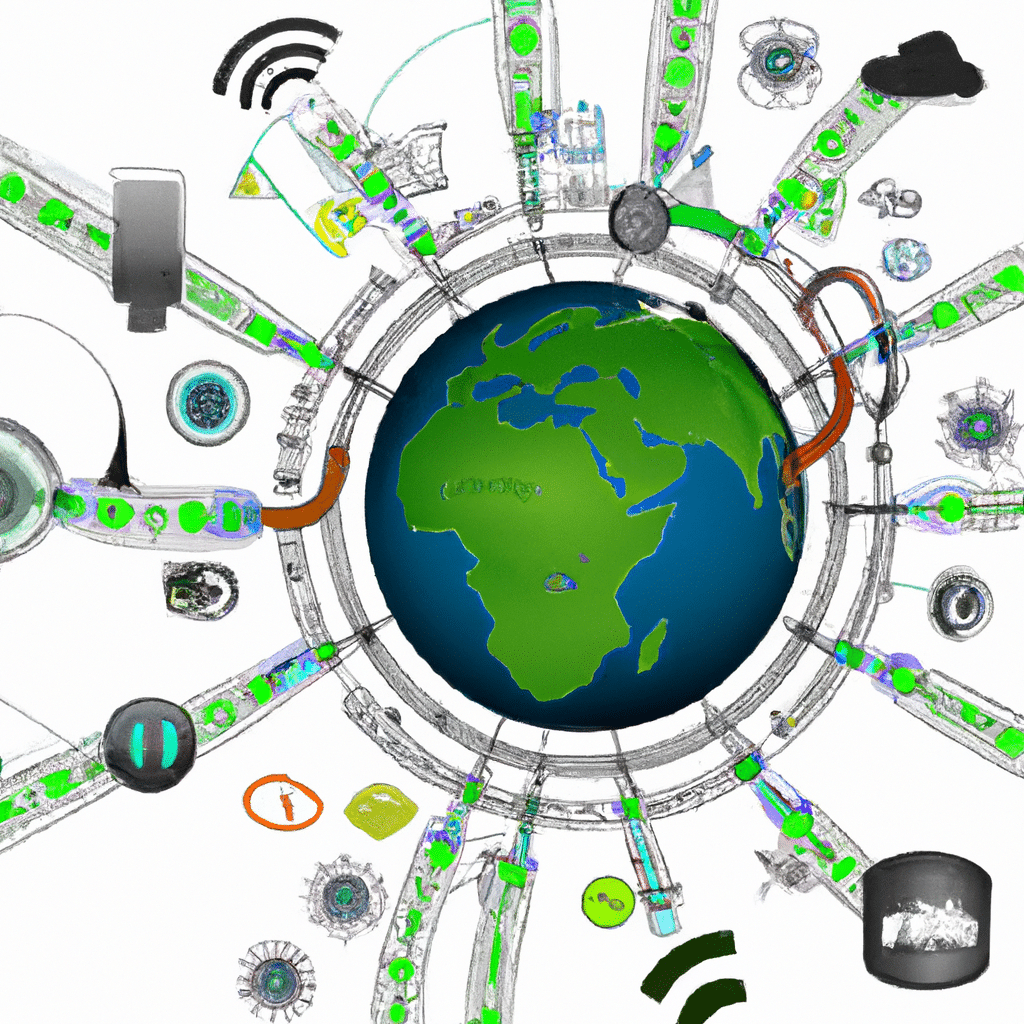Climate change is one of the biggest challenges facing the world today. It is causing rising sea levels, more frequent and severe weather events, and the loss of wildlife and habitats. As a result, there is a growing need for innovative solutions to combat climate change. One such solution is the Internet of Things (IoT).

IoT is a network of devices that are connected to the internet and can communicate with each other. These devices can range from smart thermostats and energy-efficient light bulbs to sensors that detect changes in the environment. By using IoT devices, we can collect data on energy usage, air quality, and other environmental factors. This data can then be used to make more informed decisions about how to reduce our carbon footprint and mitigate the effects of climate change.
Smart Buildings
One area where IoT is making a significant impact is in building management. Smart buildings use IoT devices to monitor energy usage, occupancy levels, and other factors that affect energy efficiency. By using this data, building managers can identify areas where energy usage can be reduced and implement changes to reduce their carbon footprint.
For example, IoT sensors can be used to detect when a room is occupied and adjust the temperature accordingly. This can help to reduce energy usage and save money on energy bills. Smart lighting systems can also be used to reduce energy consumption by automatically turning off lights when no one is in the room.
Smart Cities
IoT is also being used to create smart cities. Smart cities use IoT devices to collect data on traffic patterns, air quality, and other environmental factors. This data can then be used to optimize traffic flow, reduce pollution, and improve the quality of life for residents.
For example, IoT sensors can be used to detect traffic congestion and adjust traffic signals to improve traffic flow. This can help to reduce emissions from idling cars and reduce the time it takes for people to get to their destinations. Smart waste management systems can also be used to optimize waste collection routes and reduce the amount of waste that goes to landfill.
Agriculture
IoT is also being used to improve agriculture and reduce the impact of farming on the environment. By using IoT devices, farmers can collect data on soil moisture, temperature, and other factors that affect crop growth. This data can then be used to optimize irrigation and reduce water usage.
For example, IoT sensors can be used to detect when soil moisture levels are low and automatically turn on irrigation systems. This can help to reduce water usage and improve crop yields. IoT devices can also be used to monitor the health of livestock and reduce the use of antibiotics and other chemicals.
Conclusion
In conclusion, the Internet of Things is helping to tackle climate change by providing innovative solutions to reduce our carbon footprint and mitigate the effects of climate change. By using IoT devices, we can collect data on energy usage, air quality, and other environmental factors. This data can then be used to make more informed decisions about how to reduce our impact on the environment. As IoT technology continues to evolve, we can expect to see even more innovative solutions that will help us to create a more sustainable future.












